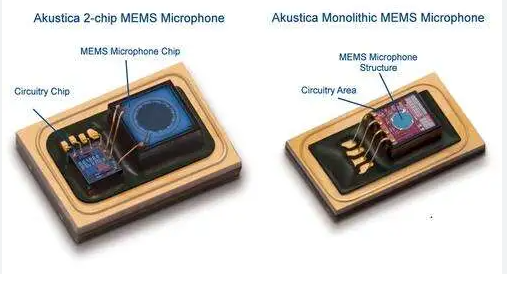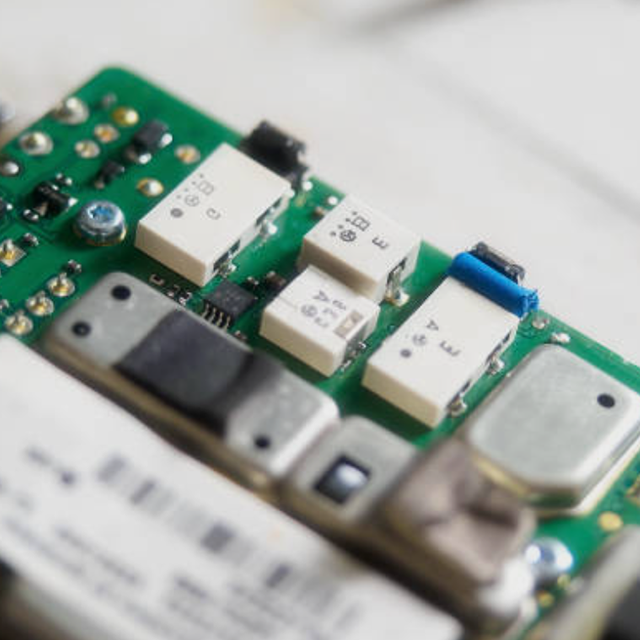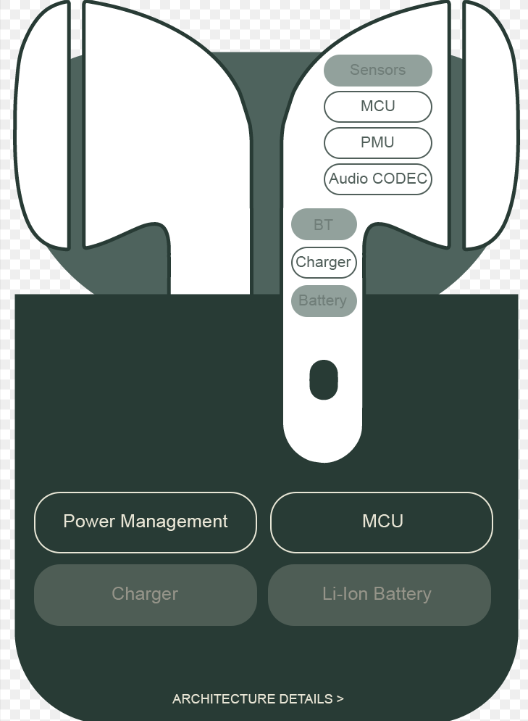In today’s competitive consumer electronics market, the demand for exceptional audio quality continues to grow rapidly. For manufacturers of silicon MEMS microphones, improving signal-to-noise ratio (SNR) is critical to achieving top-tier acoustic performance. At Wuxi Silicon Source Technology Co., Ltd. (SiSTC), we are proud to present a cutting-edge innovation in microphone design: a novel MEMS microphone architecture featuring capacitive comb readout, engineered for superior SNR and reduced damping losses.
Why Signal-to-Noise Ratio Matters
The signal-to-noise ratio directly affects how clean and intelligible a sound signal is, especially in challenging environments. Traditional MEMS microphones use parallel-plate capacitive sensing, which often introduces viscous damping noise due to backplate perforations. This unwanted noise limits audio clarity, especially in mobile and voice-controlled devices.
At SiSTC, we’ve addressed this challenge by developing a MEMS microphone with a comb-finger capacitive readout. This design minimizes fluidic damping and delivers significantly enhanced SNR performance.
🔗 Explore our latest MEMS microphones here:
👉 https://sistc.com/product-category/mems-microphone/
Advanced System-Level Modeling
To fully evaluate the performance potential of this innovative design, our engineering team has built a comprehensive, modular system-level model. This physically based model considers all key elements:
- Mechanical vibration of the diaphragm
- Slide film damping between comb fingers
- Acoustic effects of the package
- Capacitive signal readout
Each submodel scales with the microphone’s design parameters, allowing us to simulate real-world performance with high accuracy.
Discriminating Noise Contributions
Thanks to the modular design of our simulation framework, we can isolate the individual noise sources within the microphone system. This capability allows us to optimize design parameters to suppress the most significant noise contributors and boost overall SNR.
As a result, certain design variants demonstrate an SNR of up to 73 dB(A) — a figure that not only surpasses many conventional MEMS microphones but also matches or exceeds the best-in-class models currently available on the market.
Applications and Market Relevance
This breakthrough in MEMS microphone performance makes our technology ideally suited for:
- Smartphones and tablets
- Wearables and hearables
- Smart home assistants
- Automotive voice interfaces
- Industrial acoustic monitoring
📘 Interested in the broader range of our acoustic and sensing solutions?
Check out our intelligent devices and high-end equipment offerings.
Conclusion: Toward the Future of High-Fidelity MEMS Audio
The novel comb-readout MEMS microphone architecture represents a key step forward in low-noise, high-performance acoustic sensing. By combining physical modeling, noise source analysis, and scalable design optimization, SiSTC is pushing the boundaries of MEMS microphone technology.
Stay tuned for further innovations as we continue to refine this architecture and expand its use across diverse application fields.


